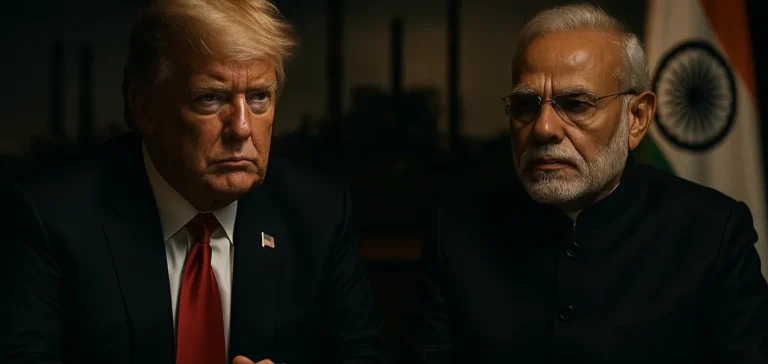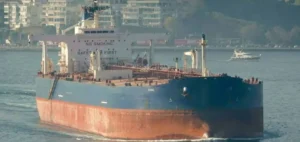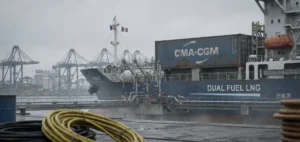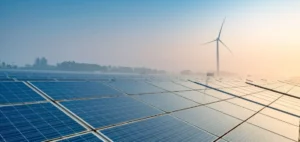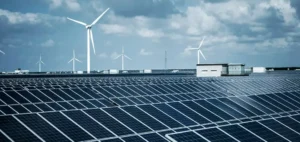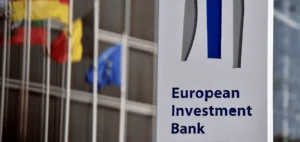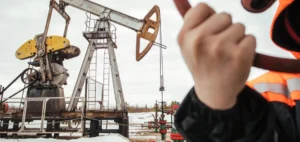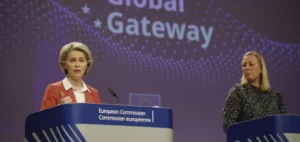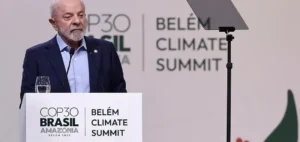The Trump administration announced on Wednesday an unprecedented tariff framework against India, effective from August 1. This measure combines a base tariff of 25% on all Indian imports with an additional penalty, the amount of which remains deliberately undisclosed. The $87.4bn worth of Indian exports to the United States are directly impacted by this arrangement, marking an escalation in bilateral trade tensions.
Complex legal mechanism and areas of uncertainty
The “tariff plus penalty” structure relies on the International Emergency Economic Powers Act (IEEPA), a 1977 law granting the President emergency economic powers. This legal basis is already the subject of challenges before federal courts regarding other tariff measures by the administration. The lack of clarity on how the additional penalty will be calculated creates significant uncertainty for economic operators. Legal experts are questioning the legality of a sanction whose parameters are not publicly defined.
US importers are unable to calculate their future costs. Three main scenarios have emerged from analysis: an additional fixed penalty of 5 to 10%, a progressive system based on each Indian company’s volume of Russian imports, or a hybrid formula considering global commercial relations with Moscow. Kevin Hassett, Director of the National Economic Council, indicated that details would be announced later by Trade Representative Jamieson Greer.
Critical sectors under immediate pressure
Ferroalloys represent a major strategic issue, with 75,000 metric tonnes imported for $108.1mn in 2024. These materials are essential inputs for the US steel industry. American steel producers rely on these Indian supplies to maintain their production lines. The pharmaceutical industry faces particular challenges, as India provides a substantial share of generic medicines consumed in the United States.
The electronics sector, representing $12bn to $14bn of Indian exports, could see its supply chains deeply disrupted. Textiles and garments, although accounting for a more modest $3bn volume, employ millions of workers in India. Jewellery and precious stones, with more than $10bn in exports, represent another vulnerable segment.
Implications for ongoing negotiations
This announcement comes after five rounds of unsuccessful negotiations between Washington and New Delhi. The discussions are stalling over fundamental points: US agricultural market access in India, particularly for genetically modified organisms, and the opening of India’s dairy sector. Indian Minister of Finance Nirmala Sitharaman called agriculture and dairy “red lines” in the negotiations.
Indian companies had anticipated tariff measures by accelerating shipments in early 2025, with a year-on-year increase of 30%, according to the Federation of Indian Export Organisations. The organisation estimates that India could lose at least $5bn annually if the higher tariffs remain in effect. The engineering, steel, and mineral sectors would be hit the hardest, according to their projections.
Tight timeline and strategic options
The 48-hour window before the tariffs come into force leaves little room for manoeuvre for negotiators. Indian authorities are considering several options: a symmetrical tariff response, a complaint to the World Trade Organization, or accelerated trade talks with the European Union and the United Kingdom. Bilateral trade between India and the United States reached around $129bn in 2024, with an Indian trade surplus of nearly $46bn.
The complexity of the tariff scheme could paradoxically provide a negotiating window. The lack of a clear definition of the additional penalty suggests an intention to maintain maximum pressure while retaining flexibility in the discussions. The coming hours will determine whether this strategy leads to a diplomatic breakthrough or to a prolonged commercial escalation between the two democracies.


